theartsdesk in Groningen: Uniting Europe with Music | reviews, news & interviews
theartsdesk in Groningen: Uniting Europe with Music
theartsdesk in Groningen: Uniting Europe with Music
Frontiers are breached at Eurosonic festival and the European Border Breakers Awards
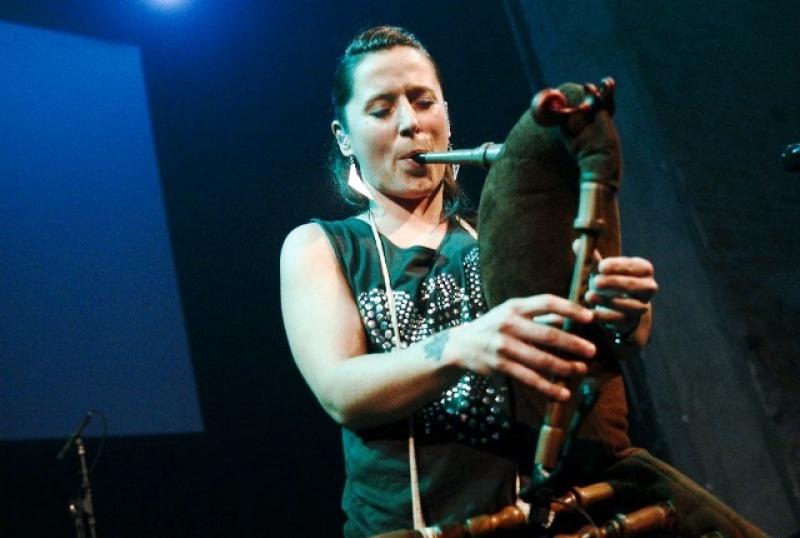
The nature of Europe, its administration, institutions and its porousness are hot topics. Sectors of Britain’s media and political class hyperventilate over trumped-up concerns while real issues which are just about impossible to address remain unresolved. In this climate, the European Border Breakers Awards are ripe for misinterpretation.
There are rules in this contest, one which no one in it actually entered. The prizes are for so-called “emerging artists”. In practice, this means those who have recently issued their first internationally released album, the first outside their home territory. The amount of radio play from member stations of the European Broadcasting Union and appearances at European festivals beyond their borders are also taken into account. Ten acts are chosen each year, and the first awards were bestowed in 2004. Previous winners include our own Adele, Austria’s Soap & Skin, Belgium’s Melanie de Biasio, France’s The dø and Sweden’s Lykke Li. Musical style is not an issue: the award is about making pan-European waves.
Each year’s awards ceremony is held in the north Netherlands city of Groningen and organised by the Eurosonic Festival, as its opening event. Alongside Hamburg’s Reeperbahn, Eurosonic is continental Europe’s most important showcase festival. Music business-focused, it brings acts before bookers, labels, promoters and so on. This year's event attracted 4,000 delegates. Eurosonic, now in its 30th year, styles itself as “The European Music Platform” and is especially concerned with festivals: for those booking 2016's summer festivals, this is a shopping trip. Most shows in Groningen are auditions.
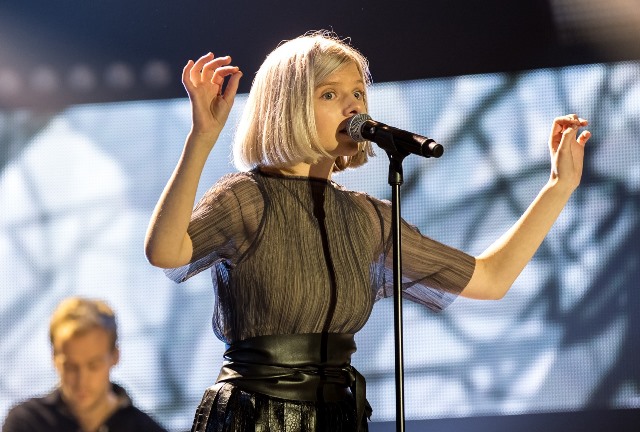 Eurosonic and European Border Breakers Awards (the EBBAs) are two sides of the same coin: the before and after. Norway’s AURORA (pictured right at the European Border Breakers Awards. Photo © Jorn Baars/Eurosonic) brings this home. She played Eurosonic last year when she was barely known outside her home country and was awarded an EBBA this year. Amongst her many coups in 2015 was being chosen as the voice for British TV’s John Lewis Xmas ad. As her debut album is not yet out, the rules for the award are clearly malleable.
Eurosonic and European Border Breakers Awards (the EBBAs) are two sides of the same coin: the before and after. Norway’s AURORA (pictured right at the European Border Breakers Awards. Photo © Jorn Baars/Eurosonic) brings this home. She played Eurosonic last year when she was barely known outside her home country and was awarded an EBBA this year. Amongst her many coups in 2015 was being chosen as the voice for British TV’s John Lewis Xmas ad. As her debut album is not yet out, the rules for the award are clearly malleable.
Chatting before her major Eurosonic show – tickets are available to the general public and the city joins in whole-heartedly – about the impact of travelling, AURORA said: “I’ve learned a lot about how people express their emotions differently, how weather, different climates can affect people. In France, they close their eyes and enjoy what they are seeing. In Britain, what I’ve seen is more energetic. I learn a lot from the way people make eye contact in the street. Portugal is most definitely where there is the most eye contact. But you should avoid eye contact where you might get in a fight. It’s important to travel, and if you travel with a little child – my songs – people will meet you another way. It opens up emotions. We all living on the same planet, music should have no borders.”
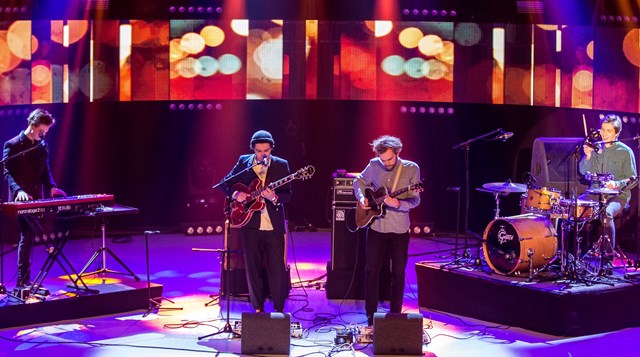 In this spirit, Eurosonic and the EBBAs underscore that Europe is one musical community, regardless of genre. At the Jools Holland-hosted ceremony, amongst those billed with AURORA were Ireland’s unassuming singer-songwriter Soak, local trip-hop influenced star Kovacs, Spain’s peppy Alvaro Soler, and Sweden’s neo-soul singer Seinabo Sey. Each is handed their award after running through a song in front of the TV cameras and – mostly uncomfortably – talking the audience through a short Eurovision-style film of them in their home city. Though cheesy, it all shows that music does, indeed, have no borders. Britain’s Years & Years were up for an award, but did not make a personal appearance.
In this spirit, Eurosonic and the EBBAs underscore that Europe is one musical community, regardless of genre. At the Jools Holland-hosted ceremony, amongst those billed with AURORA were Ireland’s unassuming singer-songwriter Soak, local trip-hop influenced star Kovacs, Spain’s peppy Alvaro Soler, and Sweden’s neo-soul singer Seinabo Sey. Each is handed their award after running through a song in front of the TV cameras and – mostly uncomfortably – talking the audience through a short Eurovision-style film of them in their home city. Though cheesy, it all shows that music does, indeed, have no borders. Britain’s Years & Years were up for an award, but did not make a personal appearance.
Although, with its ten winners, the EBBAs initially seem egalitarian, one act is singled out for special mention as the winner of the Public Choice Award, voted for over the Internet. This was bagged by Latvia's charming, Lloyd Cole-esque popsters Carnival Youth (pictured above at the European Border Breakers Awards. Photo © Jorn Baars/Eurosonic). They were visibly fizzing about the result.
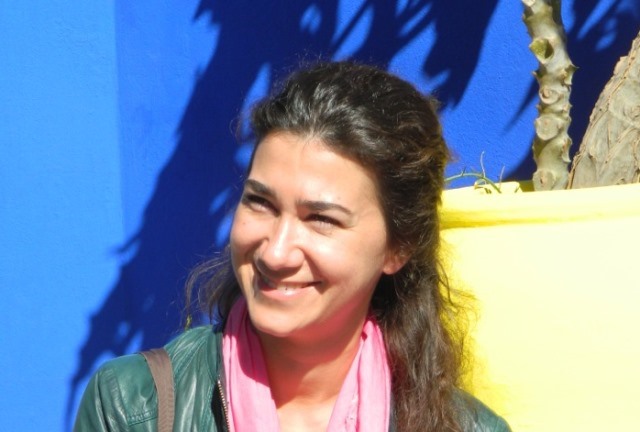 Fittingly – and coincidentally – the special focus of this year’s Eurosonic was Central and Eastern Europe (CEE). Out in the canal-encircled and delightful city, away from the glitzy, olde-world EBBA-hosting De Stadsschouwburg theatre, Groningen's venues showcased music from Bosnia-Herzegovina, Bulgaria, Croatia, the Czech Republic, Estonia, Hungary, Latvia, Lithuania, Poland, the Republic of Macedonia, Romania, Serbia, Slovakia and Slovenia.
Fittingly – and coincidentally – the special focus of this year’s Eurosonic was Central and Eastern Europe (CEE). Out in the canal-encircled and delightful city, away from the glitzy, olde-world EBBA-hosting De Stadsschouwburg theatre, Groningen's venues showcased music from Bosnia-Herzegovina, Bulgaria, Croatia, the Czech Republic, Estonia, Hungary, Latvia, Lithuania, Poland, the Republic of Macedonia, Romania, Serbia, Slovakia and Slovenia.
The main organiser of the CEE focus at Eurosonic is Hungary’s Fruzsina Szép (pictured above right), formerly of Budapest's Sziget Festival and now working to bring the Lollapalooza Festival to Berlin. A prime motivation to make an effort for her home region was, she says, that “in the past, only a few acts from Eastern Europe were invited to showcase at Eurosonic. It was about time to raise the awareness that there is exciting talent, and that these acts are ready to play all over Europe. Many of the festivals in the region – say, Exit in Serbia or Pohoda in Slovakia – are important in the global and European festival landscapes. The bands, festivals and music scenes are ready and deserve to be a full part of the united Europe.” At a time when it should be pulling together, Britain’s Prime Minister seeks to disunite Europe. Yet many of those in its music business, like Szép, want to do the opposite.
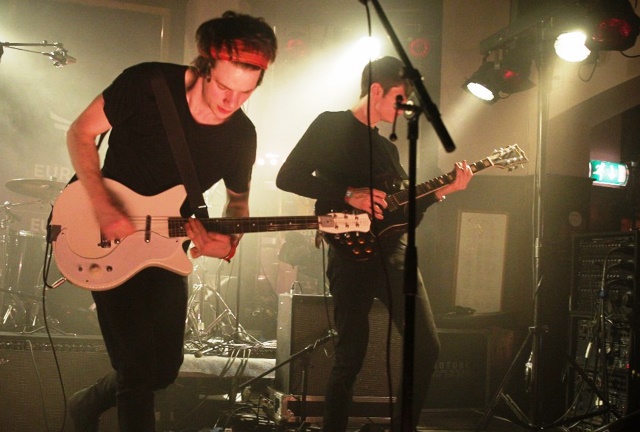 Eurosonic showcased an extraordinary range of wildly different Eastern European artists at varying stages of maturity. Poland’s Chloe Martini was stranded at the edge of a stage singing to tracks so working too hard but, if she had a full band behind her, there is no reason why her R ‘n’ B pop couldn’t appeal anywhere. Lithuania’s Alina Orlova is a familiar quantity, but nonetheless remains breathtakingly intense. From Hungary, Middlemist Red (pictured left at Eurosonic 2016. Photo © Eurosonic/ Richard Tas) winningly graft Texan garage-rockers The Black Angels to Denmark’s Iceage. They will cross borders. Latvia’s atmospheric, impressionistic rock quartet Momend – who have a dash of Sigur Rós in their DNA – could do the same. VR/Nobody, a Czech, laptop-assisted Massive Attack proposition need more than just the preferred style and staring at screens to attract attention.
Eurosonic showcased an extraordinary range of wildly different Eastern European artists at varying stages of maturity. Poland’s Chloe Martini was stranded at the edge of a stage singing to tracks so working too hard but, if she had a full band behind her, there is no reason why her R ‘n’ B pop couldn’t appeal anywhere. Lithuania’s Alina Orlova is a familiar quantity, but nonetheless remains breathtakingly intense. From Hungary, Middlemist Red (pictured left at Eurosonic 2016. Photo © Eurosonic/ Richard Tas) winningly graft Texan garage-rockers The Black Angels to Denmark’s Iceage. They will cross borders. Latvia’s atmospheric, impressionistic rock quartet Momend – who have a dash of Sigur Rós in their DNA – could do the same. VR/Nobody, a Czech, laptop-assisted Massive Attack proposition need more than just the preferred style and staring at screens to attract attention.
In contrast, Estonia’s experimental folk violinist and singer Maarja Nuut connects with the audience, is fully-formed, and has both a commanding stage presence and the unique compositions to back it up. The same country’s Trad.Attack were as powerful, but riotous rather than reflective. The boisterous folk-based trio sported hard drumming bridging the gap between free jazz and metal, and multi-instrumentalist Sandra Sillamaa (main picture) is equally at home on wild Jew’s harp as bagpipes.
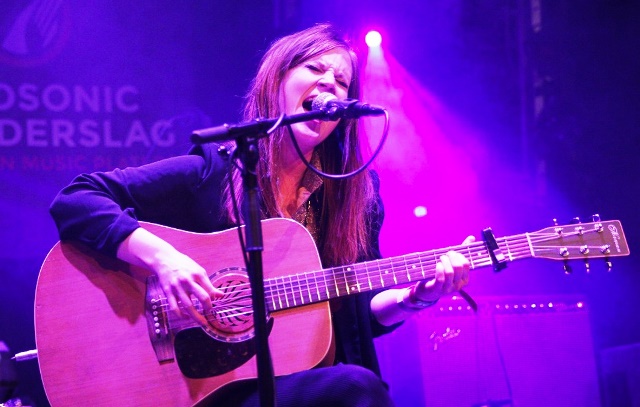 But Eurosonic also showcased Europe as a whole. Iceland’s musical cement mixer Pink Street Boys were reliably impactful. From Finland, Have You Ever Seen the Jane Fonda Aerobic VHS? were a garage-rock counterpart of The Go Team!, while Sweden’s Dolores Haze perplexingly crossed riot grrrl shriek and post-punk angularity with dashes of Sunn O))) noise. Their fellow Swedes Promise & the Monster (pictured right at Eurosonic 2016. Photo © Eurosonic/ Richard Tas) shimmeringly updated early-Seventies acid folk, while diamond-hard space rockers Josefin Öhrn + the Liberation were on mind-melting, world-class form, reinforcing the sense that the musical trip to Scandinavia is always worth taking.
But Eurosonic also showcased Europe as a whole. Iceland’s musical cement mixer Pink Street Boys were reliably impactful. From Finland, Have You Ever Seen the Jane Fonda Aerobic VHS? were a garage-rock counterpart of The Go Team!, while Sweden’s Dolores Haze perplexingly crossed riot grrrl shriek and post-punk angularity with dashes of Sunn O))) noise. Their fellow Swedes Promise & the Monster (pictured right at Eurosonic 2016. Photo © Eurosonic/ Richard Tas) shimmeringly updated early-Seventies acid folk, while diamond-hard space rockers Josefin Öhrn + the Liberation were on mind-melting, world-class form, reinforcing the sense that the musical trip to Scandinavia is always worth taking.
From closer to home, France’s Jeanne Added also made a strong case with a dark, hard-edged, gospel-infused groove which suggested – the impression was in the air elsewhere – that trip-hop and Massive Attack were inspirational. And, on their home turf, The Netherlands’ hairy psych-nauts PAUW batted away prior feelings they might be yet another Tame Impala descendant with their likeability, tunes and verve.
All these continental European treats confirm that one’s own country does not have a monopoly on musical thrills. Fruzsina Szép concurs: “A lot has changed since the Iron Curtain collapsed 25 years ago, including a great musical awakening,” she says, reflecting on the music she is helping to nurture. “Nowadays, Eastern European music no longer equals gypsy music or klezmer or the fiddle. Many have discovered their own musical voice and, for those born after the Iron Curtain fell, English is totally natural. Most importantly, we are free citizens of Europe, as are the people from any other country. We don't have to say this is Eastern and Western Europe. This is one European market and one Europe.”
Share this article
more New music
 theartsdesk on Vinyl 83: Deep Purple, Annie Anxiety, Ghetts, WHAM!, Kaiser Chiefs, Butthole Surfers and more
The most wide-ranging regular record reviews in this galaxy
theartsdesk on Vinyl 83: Deep Purple, Annie Anxiety, Ghetts, WHAM!, Kaiser Chiefs, Butthole Surfers and more
The most wide-ranging regular record reviews in this galaxy
 Album: EMEL - MRA
Tunisian-American singer's latest is fired with feminism and global electro-pop maximalism
Album: EMEL - MRA
Tunisian-American singer's latest is fired with feminism and global electro-pop maximalism
 Music Reissues Weekly: Congo Funk! - Sound Madness From The Shores Of The Mighty Congo River
Assiduous exploration of the interconnected musical ecosystems of Brazzaville and Kinshasa
Music Reissues Weekly: Congo Funk! - Sound Madness From The Shores Of The Mighty Congo River
Assiduous exploration of the interconnected musical ecosystems of Brazzaville and Kinshasa
 Ellie Goulding, Royal Philharmonic Concert Orchestra, Royal Albert Hall review - a mellow evening of strings and song
Replacing dance beats with orchestral sounds gives the music a whole new feel
Ellie Goulding, Royal Philharmonic Concert Orchestra, Royal Albert Hall review - a mellow evening of strings and song
Replacing dance beats with orchestral sounds gives the music a whole new feel
 Album: A Certain Ratio - It All Comes Down to This
Veteran Mancunians undergo a further re-assessment and reinvention
Album: A Certain Ratio - It All Comes Down to This
Veteran Mancunians undergo a further re-assessment and reinvention
 Album: Maggie Rogers - Don't Forget Me
Rogers continues her knack for capturing natural moments, embracing a more live sound
Album: Maggie Rogers - Don't Forget Me
Rogers continues her knack for capturing natural moments, embracing a more live sound
 theartsdesk at Tallinn Music Week - art-pop, accordions and a perfect techno hideaway
A revived sense of civilisation thanks to dazzlingly diverse programming
theartsdesk at Tallinn Music Week - art-pop, accordions and a perfect techno hideaway
A revived sense of civilisation thanks to dazzlingly diverse programming
 Album: Lizz Wright - Shadow
Brilliant album from superlative vocalist
Album: Lizz Wright - Shadow
Brilliant album from superlative vocalist
 Album: Shabaka - Perceive its Beauty, Acknowledge its Grace
A quiet and reflective breakthrough
Album: Shabaka - Perceive its Beauty, Acknowledge its Grace
A quiet and reflective breakthrough
 Album: Nia Archives - Silence is Loud
Sweeping up generations' worth of influences into a giddy pop rush
Album: Nia Archives - Silence is Loud
Sweeping up generations' worth of influences into a giddy pop rush
 Music Reissues Weekly: Patterns on the Window - The British Progressive Pop Sounds of 1974
A nebulous year in music resists easy definition
Music Reissues Weekly: Patterns on the Window - The British Progressive Pop Sounds of 1974
A nebulous year in music resists easy definition
 Album: Fabiana Palladino - Fabiana Palladino
A remarkably sleek and sophisticated debut
Album: Fabiana Palladino - Fabiana Palladino
A remarkably sleek and sophisticated debut

Add comment